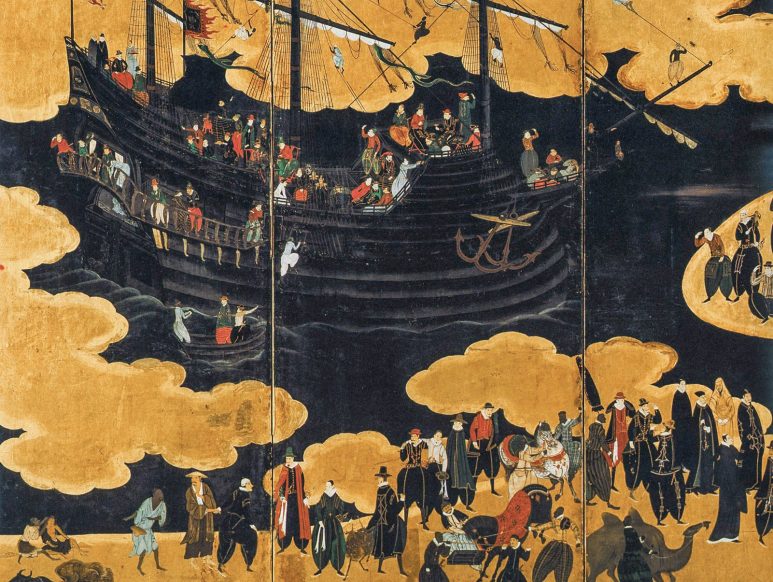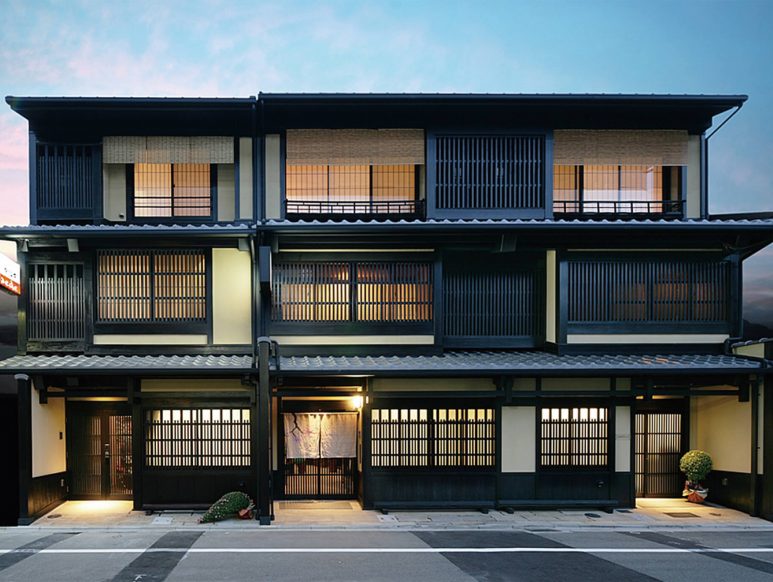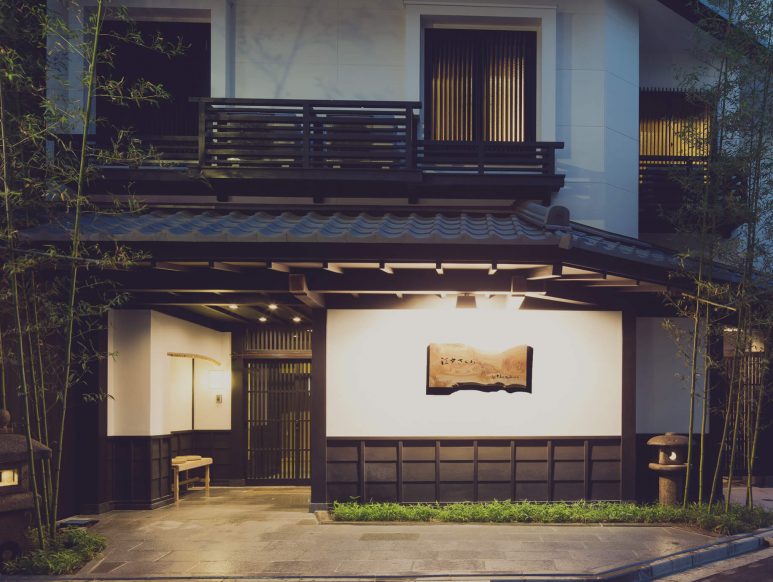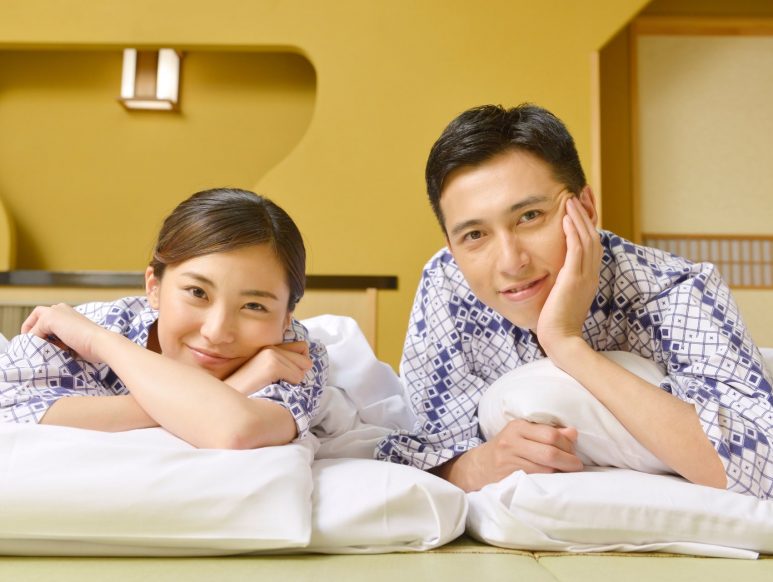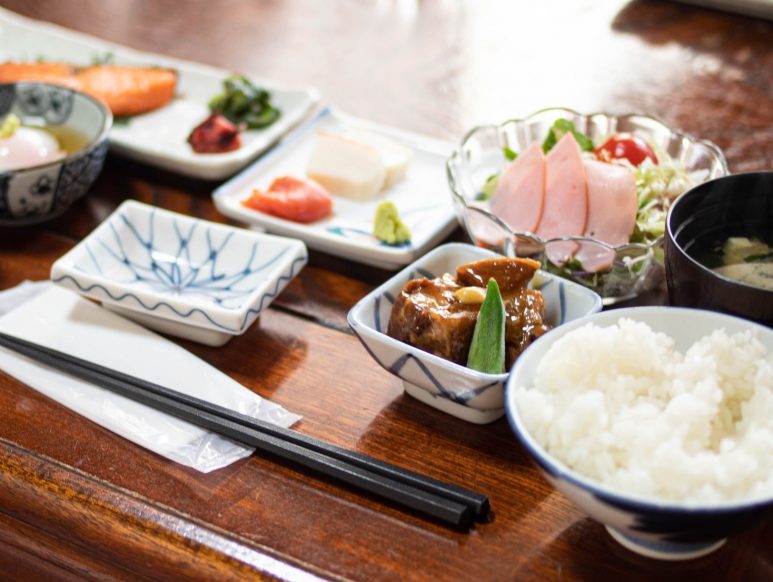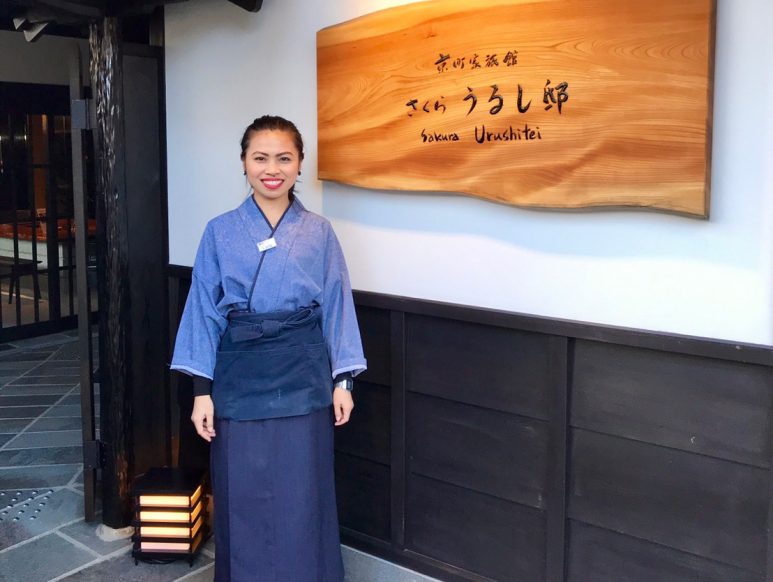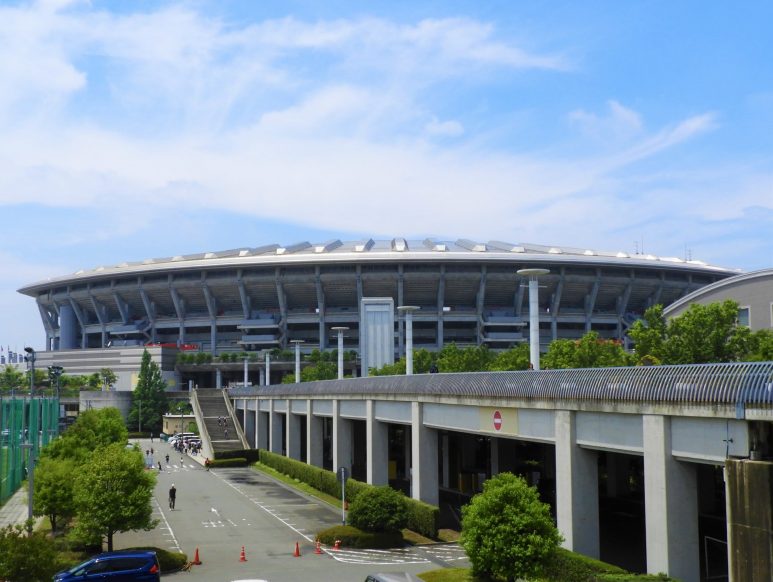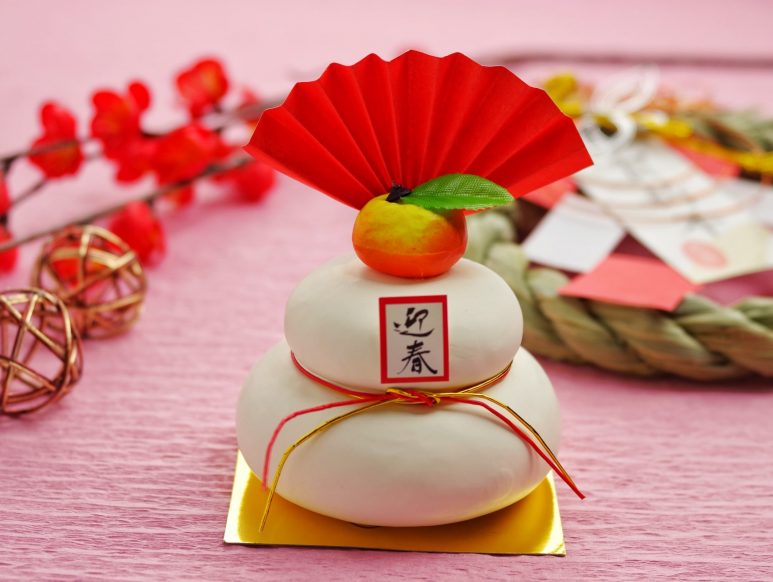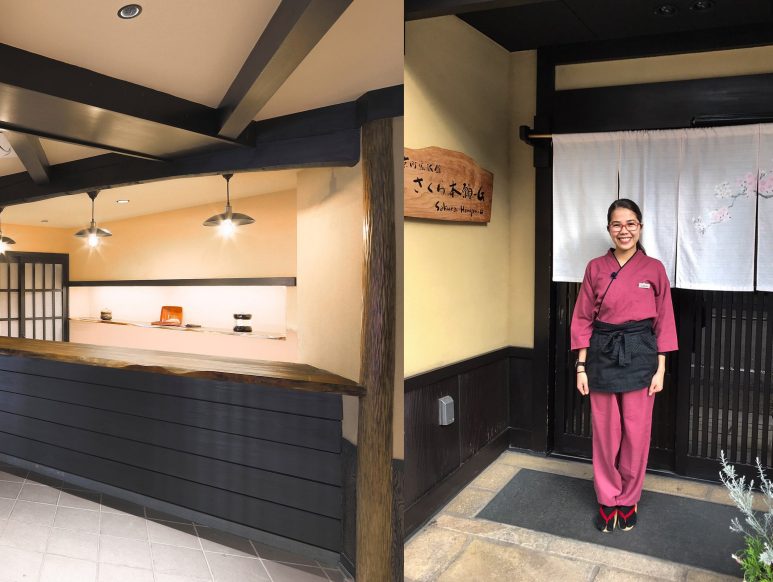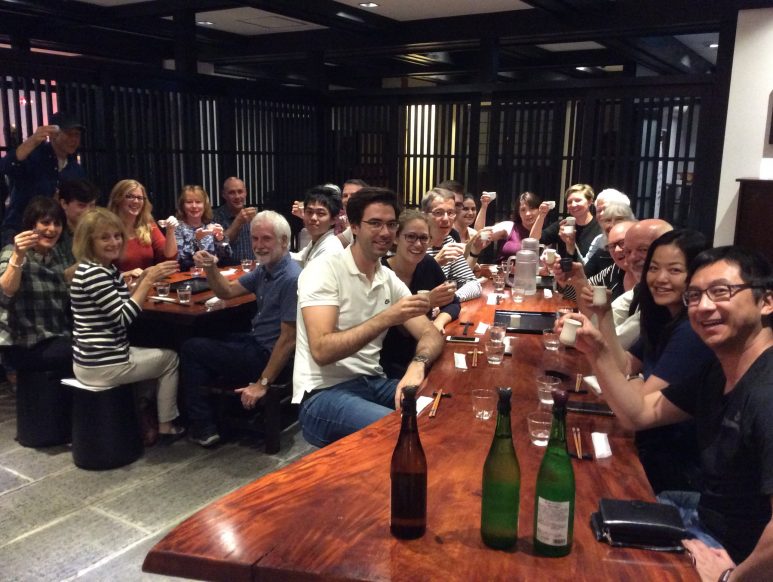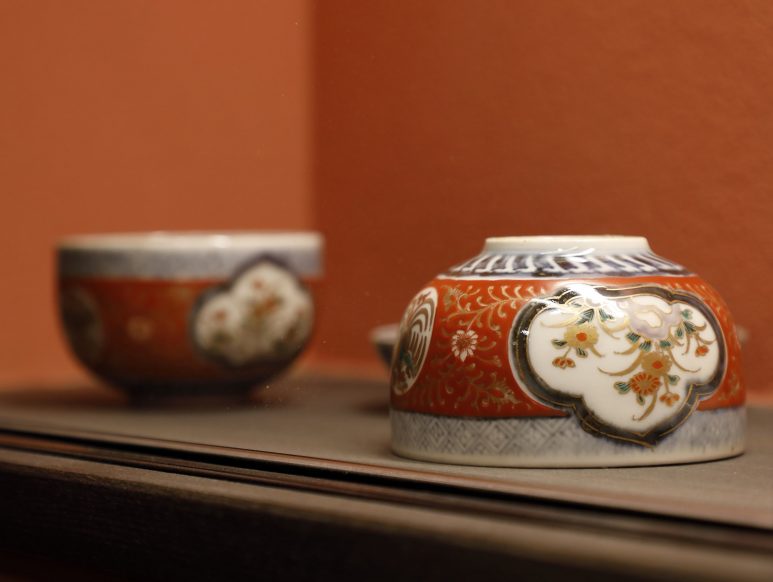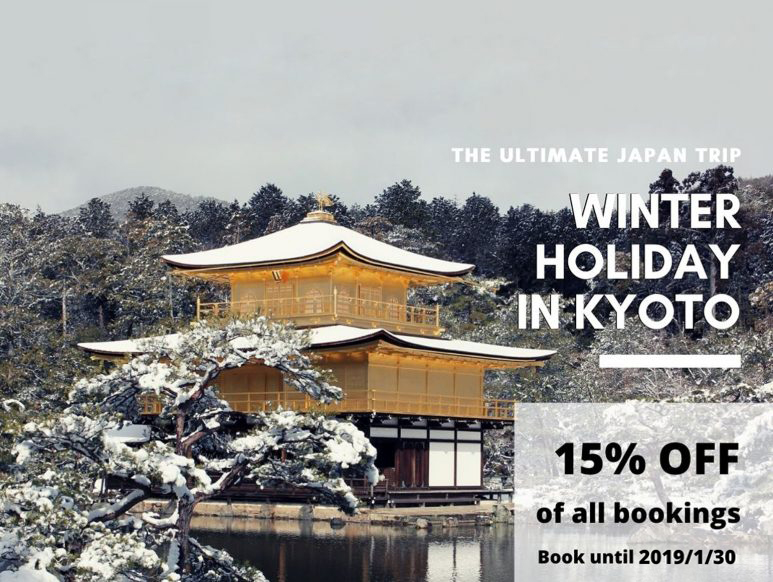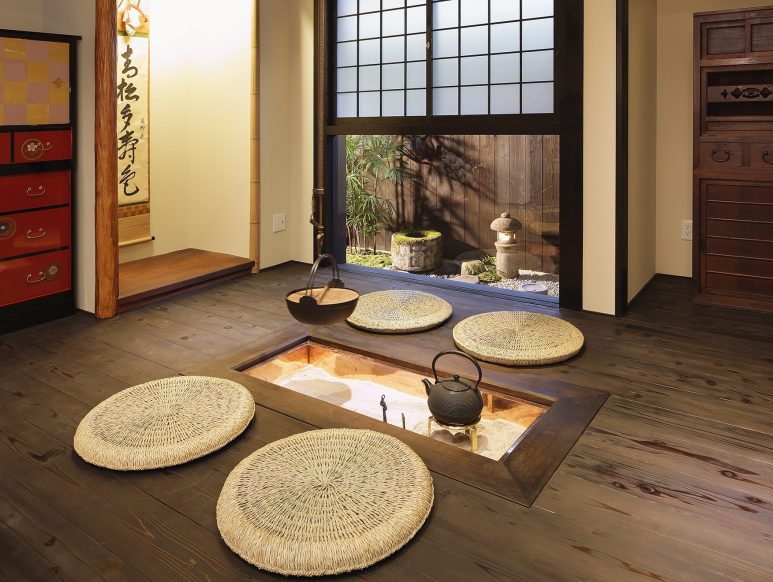Mar 7, 2020
- Edo Sakura
- Kyoto
- Sakura Hongan-G
- Sakura Urushitei
- Tokyo
16 things you didn’t know about the Japanese Kimono
Kimono and Yukata are traditional Japanese garments that have charmed their way around the world due to their beauty and style. Both are full-length T-shaped robes that have long sleeves and are secured with a decorative belt, worn by both men and women. Whilst they may look very similar, there are subtle variances between a Kimono and Yukata. True Japanese culture enthusiasts should be aware of them. Let us have a look at their history first.
What is the Kimono?
The Kimono is the traditional dress of Japan. It has long sleeves and reaches from the shoulders all the way down to one’s heels. Different types of Kimono are worn depending on the occasion; Kimonos for everyday wear are a lot simpler than those for formal occasions. Kimonos are generally made of silk and they are tied with a wide belt called an obi.
Where did the Japanese Kimono originate from?
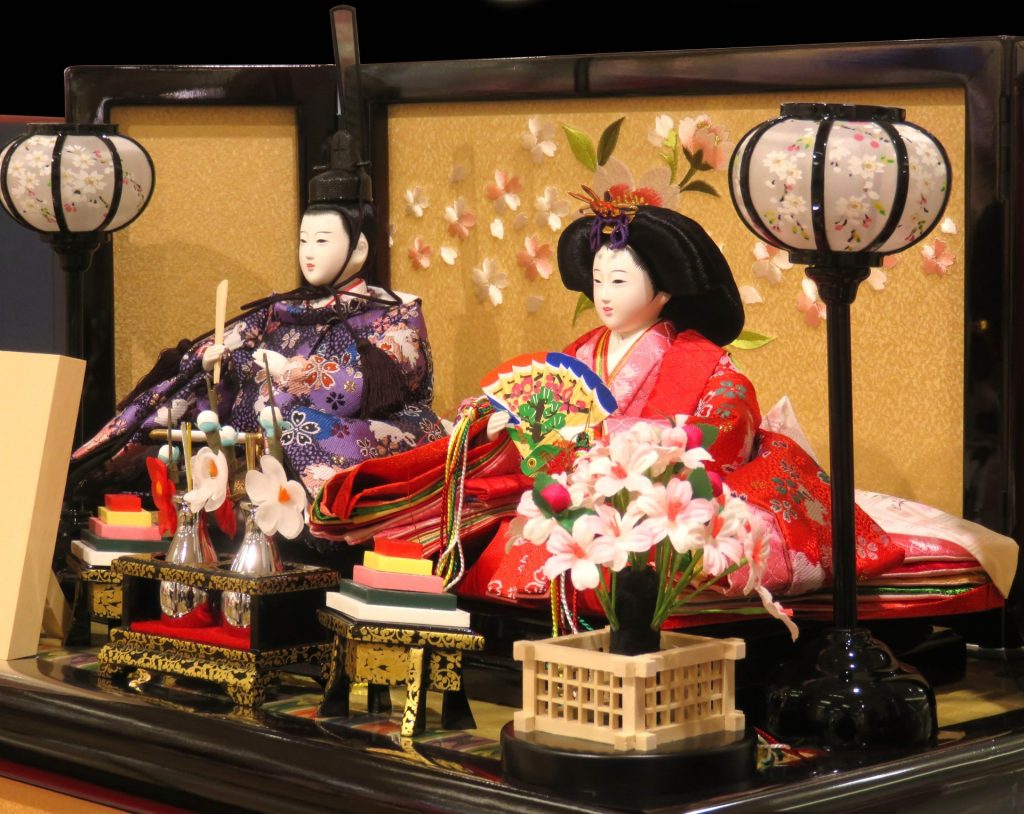
Japanese Kimono or gofuku was derived from the garments worn in China during the Wu dynasty. The Han Chinese clothing or the silk robe greatly influenced the original Kimonos of Japan. It was an old type of dress that was worn prior to Chinese Qing Dynasty during the middle of 1600s. As the rulers changed, the Kimono dress changed as well. From 8th to 11th century, a unique Japanese style of layering silk robes was established after taking inspiration from the Chinese Kimono.
Who invented the Kimono?
The first ancestor of the Kimono was born in the Heian period (794-1192). Straight cuts of fabric were sewn together to create a garment that fit every sort of body shape. It was easy to wear and infinitely adaptable. By the Edo period (1603-1868) it had evolved into a unisex outer garment called Kosode.
What does the Japanese Kimono represent?
Believed to live for a thousand years and to inhabit the land of the immortals, the Kimono is a symbol of longevity and good fortune. Specific motifs are used to indicate virtues or attributes of the wearer, or relate to the season or occasion such as weddings and festivals where it bestows good fortune on the wearer. To Westerners the word “Kimono” is synonymous with their image of Japan.
How has the Kimono changed over time?
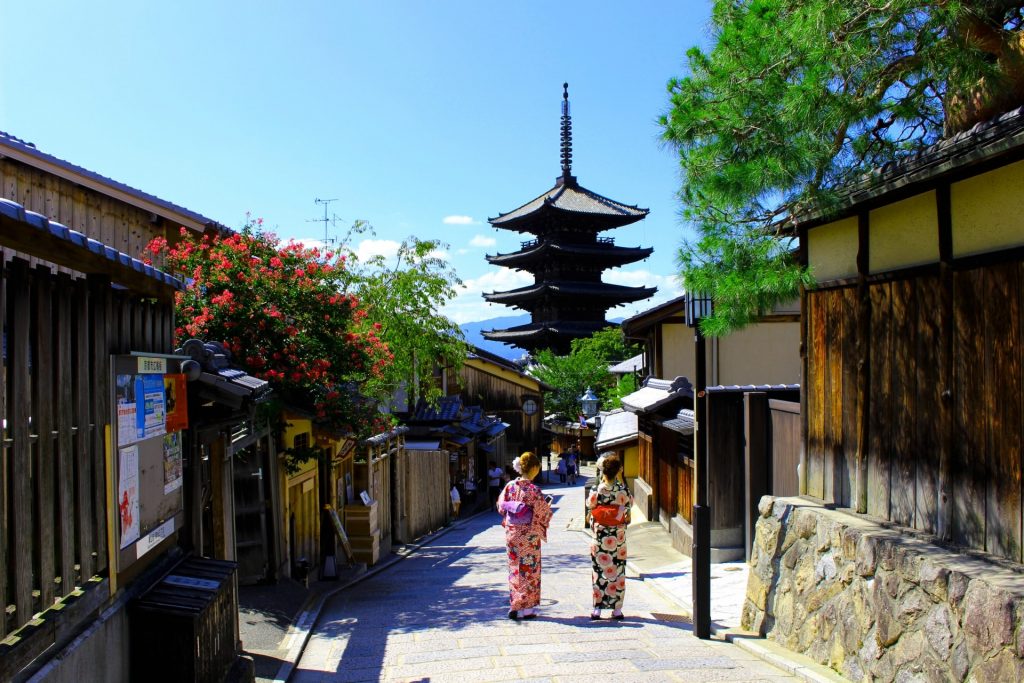
Kimonos as we know them today have evolved greatly in terms of design, fabric and wearability. From the Nara period (710-794) until the Heian period (794-1192), Japanese people typically wore either ensembles consisting of separate upper and lower garments (trousers or skirts), or one-piece garments.
The Samurai’s everyday wear was a Kimono, usually consisting of an outer and inner layer. Normally made of silk, the quality of the Kimono depended on the Samurai’s income and status. Beneath the Kimono, the warrior wore a loincloth.
The traditional Kimono is hard to wear and is very expensive for the common person. Newer versions of Kimono have been designed from linen, rayon and polyester to cater to all seasons and help the wearer move easily. These have lesser layers and do not cost as much as the silk variety.
What color are Kimonos in seasons?
Pale colors such as light green are appropriate for spring, while cool colors such as lavender or dark blue are good for summer. Autumn calls for colors that imitate the hues of the turning leaves, and winter is the season for strong colors like black and red. Intricate embroideries enhance the beauty of a plain silk Kimono. Printed Kimonos in both light and dark colors are popular for casual wear among men as well as women. For formal occasions, men wear a montsuki, which is a formal black silk kimono worn over a white under-kimono and hakama, traditional Japanese trousers.
What is included in a Kimono?
Traditionally the kimono was twelve layers, which is why it was named “juni–hitoe”–“juni” means 12 in Japanese. Since twelve layers are very heavy, it has since been reduced. Formal obis worn by men are much narrower than those of women (the width is about 10 centimetres (3.9 in) at its most). The men’s obi is worn in much simpler fashion than women’s: it is wrapped around the waist, below the stomach and tied with a simple knot in the back.
Why are Japanese Kimonos so expensive?
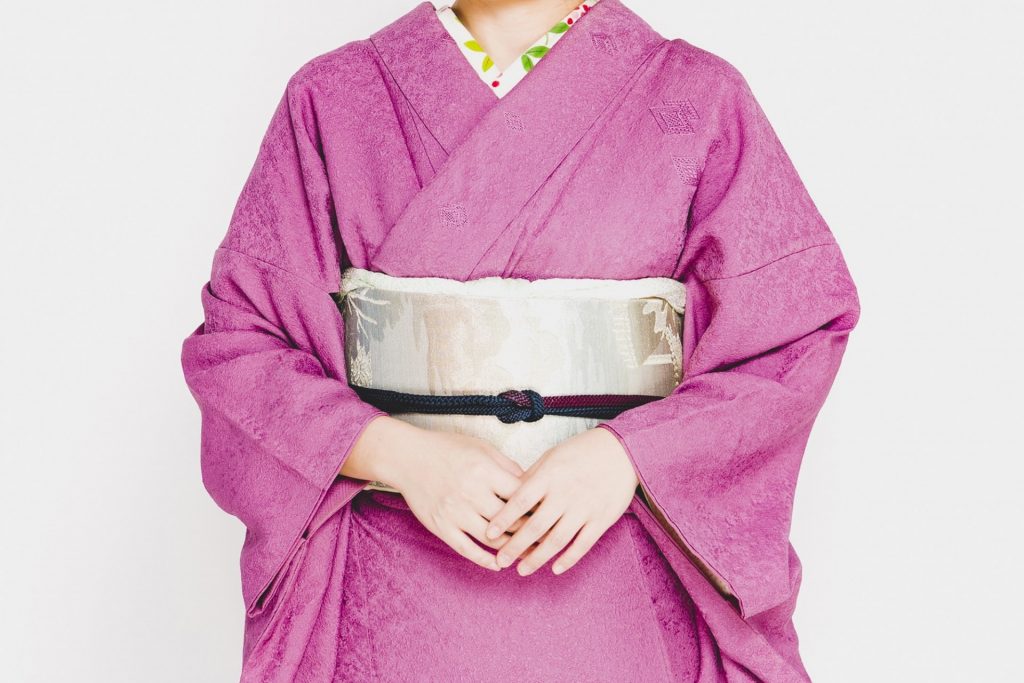
The biggest reason for relatively high cost of even the most casual Kimonos is that they cannot be mass produced effectively. The structure of the garment is such that the vast majority of seams and edges cannot be sewn by machine: they are finished and often also attached with blind stitches.
Another reason is the material used to design the Kimono. The Kimono and Obi are traditionally made of hemp, linen, silk, silk brocade, silk crepes (such as chirimen) and satin weaves (such as rinzu). Modern Kimono are widely available in less-expensive easy-care fabrics such as rayon, cotton satIn, cotton, polyester and other synthetic fibers.
What is the Yukata?
Yukata is an informal kind of Kimono. It is ideal for wearing in warmer months to events such as Japanese street festivals, anime conventions, and just having fun around town. Due to how few accessories are required to wear this type of Kimono, they are widely considered ideal for anyone new to wearing Kimono. For many people, this is the first kind of Kimono they are exposed to in Japan, due to the tourist dressing services which offer Yukata dressings. Yukata are normally constructed from a cotton print fabric, and most modern ones are mass produced. Each gender wears their Yukata differently.
Yukata are most popular during the summer months, where the unlined cotton fabric is most suited to combat the hot temperature. They can be worn around every day. However, it is most common to see young people enjoying them during the firework viewing festivals, known as hanabi in Japanese.
Yukata functions both as a bathrobe and loungewear. It can be worn at all times during your stay including the bath, to both dinner and breakfast, and to bed as sleepwear.
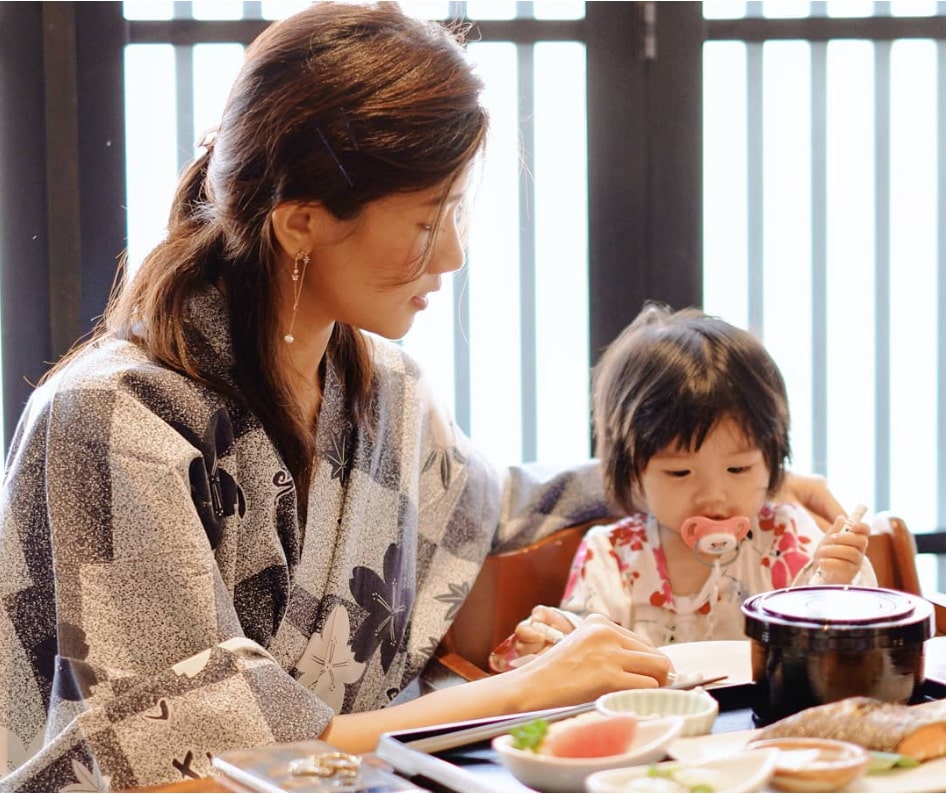
History of Yukata
In the Heian era (794-1185), court nobles wore linen “Yukata” which were draped loosely after taking a bath. The Yukata was later also worn by Japanese warriors and by the Edo era (1600-1868), it was widely worn by the public when public baths became a popular recreation in Japan. The Yukata is a casual version of the kimono. It is a robe usually made of cotton or synthetic fabric, wrapped around the body and fastened with a sash (obi). Yukata literally means “bathing cloth”, and it was originally intended to be just that.
Who wears Yukata?
Yukata are worn by men and women. Like other forms of traditional Japanese clothing, Yukata are made with straight seams and wide sleeves. Men’s Yukata are distinguished by the shorter sleeve extension of approximately 10 cm from the armpit seam, compared to the longer 20 cm sleeve extension in women’s Yukata.
Yukata may be the most well-known type of Kimono to foreigners. It is a type of Kimono made of ordinary cotton, used in summer. Compared to Furisode, Yukata are much simpler. As a result, Japanese women know how to wear it without help just after learning a few times. In the past, the traditional Yukata usually had only two sets of colors: white-black or blue-white, but in the last few years this Kimono style has been designed in many eye-catching colors. In ancient times, Yukata was only used at home as bathing wear. Today, Yukata is often worn by both men and women on Bon-Odori day (Japanese traditional dance festival in summer) and other summer festivals. Moreover, tourists are provided with Yukata in traditional Japanese inns or ryokans when they stay on vacation. The soft, loose garment helps tourists relax and feel at home.
What is the difference between Kimono and Yukata?
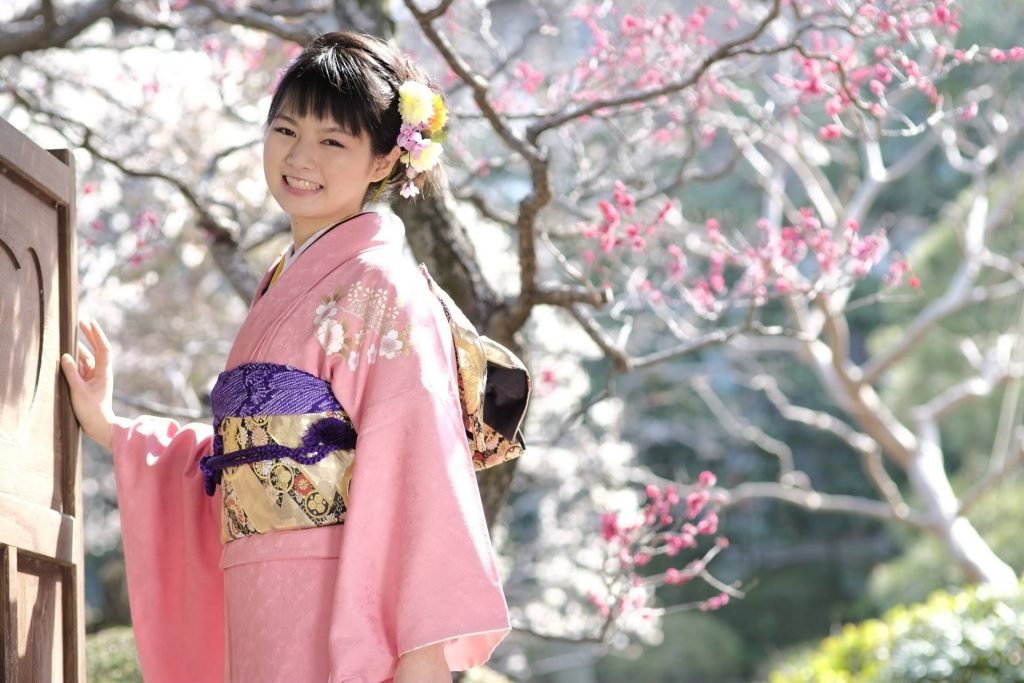
The basic difference that can be seen between Yukata and Kimono, is in their fabric. Yukata comes in cotton fabric. On the contrary, a Kimono dress comes in silk fabric. Another difference is that Yukata is worn during the summer season. The Kimono usually has an inner lining whereas the Yukata is sewn from a single layer of fabric.
How to wear a Japanese Kimono or Yukata?
When wearing a Kimono, you are expected to wear a “hadajuban” and “koshimaki” directly on your naked skin (the “juban” comes over those). Traditionally, you don’t wear panties, but nowadays most women do.
Men’s kimono does not have holes under the arms. It is convenient to adjust the kimono when it gets loose. It is for ventilation. Because women wear their belts (obi) at a higher position than men, they need that slit to give their arms wider range of motion.
Regardless of the differences between Kimono and Yukata, there is one very important rule for both. You must wear the left panel over the right! Wearing them the other way round is seen as extremely rude in Japanese culture, as the deceased are dressed in a right-over-left kimono. So just make sure to double-check how you are wearing either your Kimono or Yukata before leaving the house.
The obi or sash is simpler and easier to tie when wearing a Yukata. Put on the Yukata with undergarments worn below. First wrap the right side of the Yukata around to your left hip. Then wrap the left side over the right. Holding the Yukata closed, wrap the sash around yourself two to three times. Now tie the sash into a bow.
Is the Kimono still popular in Japan?
Until the 1930s, the majority of Japanese wore the Kimono, and Western clothes were still restricted to out-of-home use by certain classes. The Japanese have interpreted western clothing styles from the United States and Europe and made it their own. Today, the Kimono is mostly worn on special occasions like weddings, festivals and funerals. Tourists can also rent a Kimono for the day and see the sights in true Japanese fashion. Today, Kimonos are most often worn by women, and on special occasions. A few older women and even fewer men still wear Kimonos on a daily basis. Compared to Western dresses, the kimono tends to limit one’s movement. Also, it takes more time to wear and store properly. This is why the Japanese now wear the Kimono at weddings, tea ceremonies, formal events, seasonal and religious festivals.
Can I wear a Kimono if I’m not Japanese?
Overall, Japanese people generally embrace foreigners wearing Kimonos. There are a number of places available across Japan for renting a Kimono for the day. Kyoto has the most Kimono rental shops in Japan. It is best to make an appointment beforehand. The rental price includes your choice of accessories, outfit and the time span. Hair styling is also offered for an additional charge. An expert helps you wear the Kimono the right way and you leave your own clothes at the shop as a guarantee of return. Most Kimono rental shops have their prices stated on the website with the option to book in advance over the phone.
Where can people rent Kimono in Kyoto?
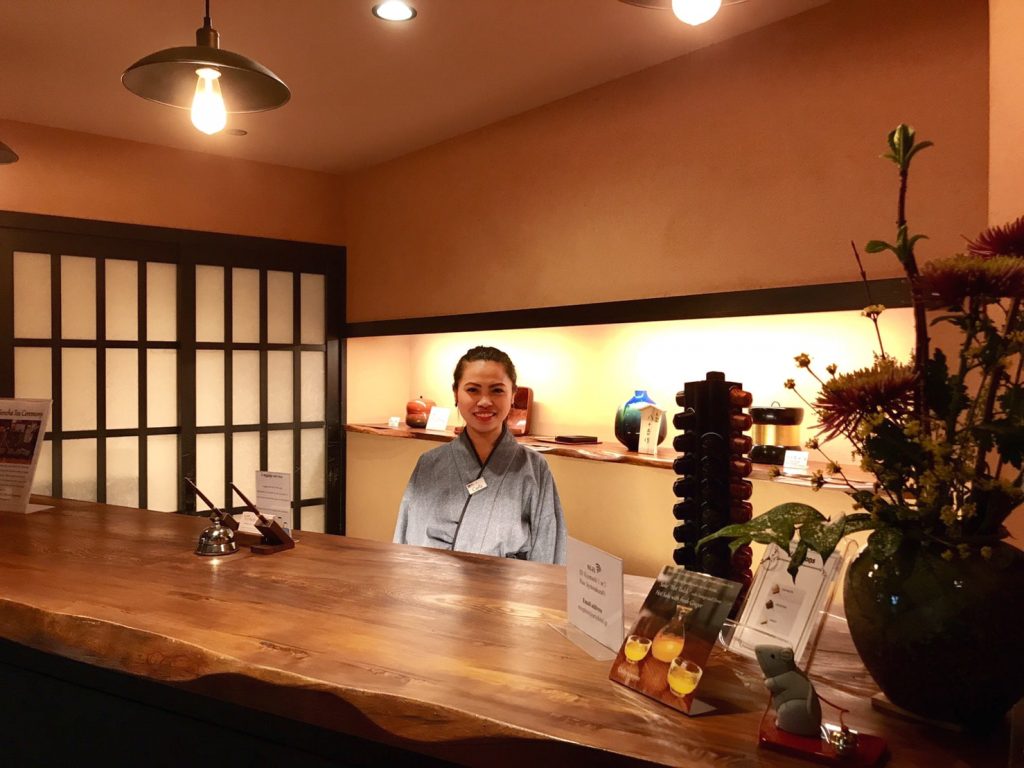
Even though there are many places you can rent a Kimono in Kyoto, we recommend you to stay comfortable. In case you are staying at Ryokan Sakura Urushitei or Ryokan Sakura Hongan-G Hotels, we help you with the right Kimono choice. The Hotel can help you with your rental. We also provide a Yutaka for each and every of our guests during their stay. Please note that Yukatas are indoor use only. It is a great to wear in your room or the common spaces of the ryokans.
We hope to see you soon in Kyoto!

